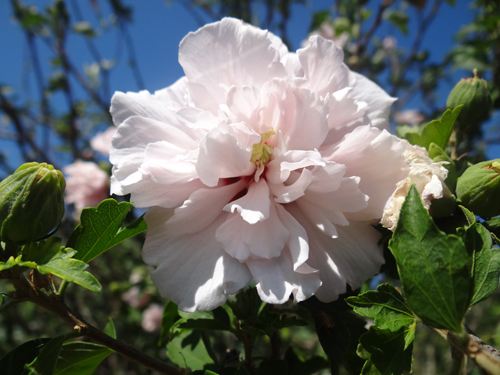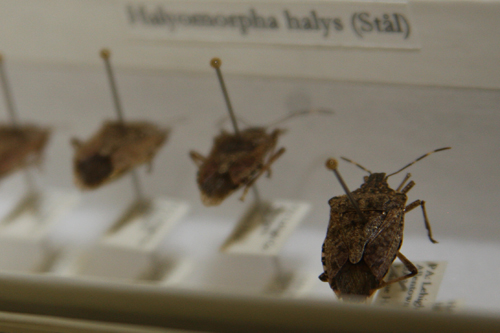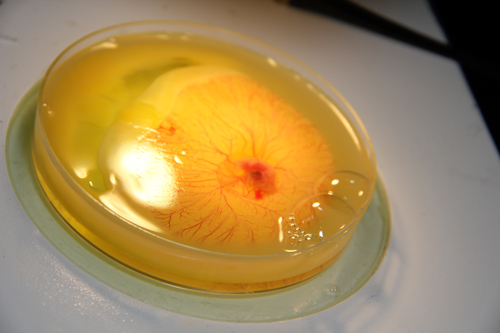.jpg) CAES News
CAES News
Valuable nut
Georgia is the No. 1 pecan-producing state in the country, and growers there are harvesting what could be the most valuable pecan crop in its history.




.jpg)
.jpg)

.jpg)
